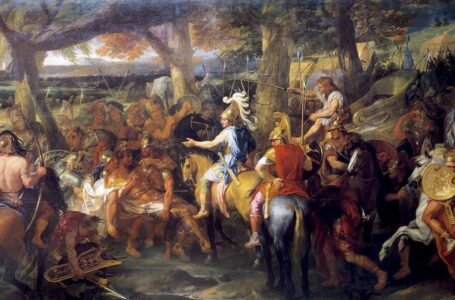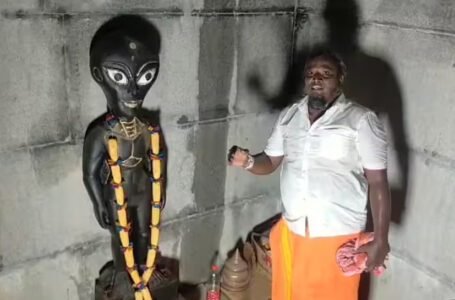The Churning of the Ocean: Kurma Purana’s Fascinating Take on the Samudra Manthan
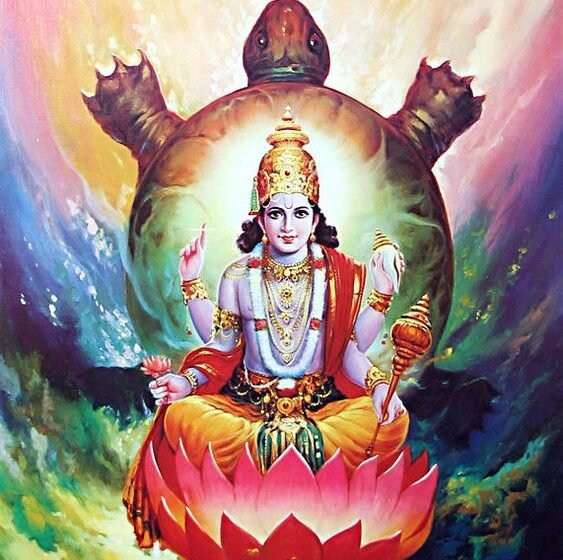
The Kurma Purana is one of the eighteen Maha Puranas and is important for its teachings on Hindu cosmology, philosophy, and devotion. Named after the Kurma incarnation of Lord Vishnu, this Purana is revered for its contribution to religious teachings, temple rituals and rituals. With its unique mythological narrative and spiritual significance, the Kurma Purana is an important text in the Vaishnava tradition, presenting a great tale of divinity and mythology. It is the most interesting text among all the Puranas for the discussion of religious ideas because, being a Vaishnava text, Vishnu does not dominate the text. Shiva and Shakti are also mentioned.

History and Composition
The Kurma Purana also has a history of debate over when it was written and composed. Some believe that it likely originated between the 5th and 7th centuries CE, while some believe that the original core of the text may have been composed about the start of the 8th-century CE, although, like many Puranic texts, it was developed over time and expanded in subsequent centuries. The text is often considered to be a hybrid work because it draws from various theological traditions, including Shaivism and Shaktism, alongside Vaishnavism. This reflects a flexible and integrative approach within Hinduism, where multiple deities and philosophical ideas coexist.
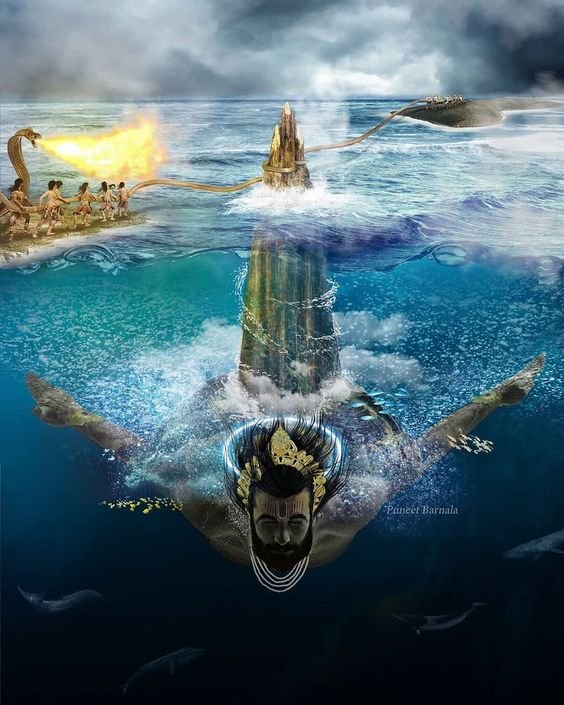
The composition of the Kurma Purana consists of two primary sections:
- Purva Vibhaga
This section emphasizes cosmogony, the origins of gods, the creation of the universe, and outlines the cycles of time (yugas). It includes 51 chapters.
- Uttara-Vibhaga
The second part elaborates on dharma, duties of different social classes, ethical teachings, worship practices, and the guidelines for various rituals and festivals. It also includes philosophical discussions like the Ishvara Gita, which explores concepts similar to those found in the Bhagavad Gita. It includes 44 chapters.
Mythology in the Kurma Purana
The Samundra Manthan
The Samudra Manthan is a story about when the devas, who had received the curse of Durvasa and lost their strength. A fight then took place between the devas and the asuras. The asuras, who won the battle, took control of the universe. The devas felt powerless and devastated and eventually decided to sought Lord Vishnu’s help. Vishnu advised them to find nectar or Amrit at the bottom of the celestial ocean of milk to make them strong and immortal. However, the devas could not do this alone, as they were depleted of energy. To do this, they sought the help of the demons/asuras, who would churn the ocean together with them in anticipation of the nectar themselves.
The devas used the mountain Mandara as a churning rod, and Vasuki, the king of snakes/ serpents, was used as the rope. The churning lasted 1,000 years, but the mountain began to sink at one point of time. Lord Vishnu took the form of a turtle which is known as his Kurma avatar and supported the mountain on his back. This stability helped them continue. The asuras turned pale due to fumes from the ocean, and a poison came out from the ocean. Lord Shiva swallowed the poison, turning his throat blue. This is why he is also known as Neelkanth.
King Indradyumna
Indradyumna was a king who was known as a very good ruler. Indradyumna meditated and performed religious rituals as a brahmana. He also began to offer prayers to Lakshmi, the goddess. Indradyumna pleaded with Lakshmi to tell him about herself when she appeared. She urged him to pray to the almighty Vishnu himself, asking him to help him understand what true wisdom is. Lakshmi then vanished, and Indradyumna began to offer prayers to Vishnu. Indradyumna continued his meditation for a number of years. Indradyumna was finally guided to the path of true knowledge by Vishnu. These holy words are called the Kurma Purana because Vishnu repeated his teachings while taking the shape of a Kurma turtle.

The story of classes
Brahmins are said to be the first of the four castes. Brahma used his mental power to create nine sons. Their names were Marichi, Bhrigu, Angira, Pulastya, Pulaha, Kratu, Daksha, Atri and Vashishtha. These children became sages and were the first Brahmins. They were created from the mouth of Brahma. Next were the Kshatriyas. They were created by the arms of Brahma. The duties of a Kshatriya include giving alms (dana), education (adhyayana) and performing yajna (sacrifice).
The Vaishyas were the third of the four castes. They were created from the thigh of Brahma. Like the Kshatriyas, the Vaishyas gave dana, believed in education, and performed sacrifices, but their main occupation was agriculture. The Shudras were the last of the four classes. They were created from the feet of Brahma. Their main duty was to serve other classes. Also, Shudras could become artisans.

The story of Daksha
The story of king Daksha as sati’s father is full of inconsistencies. In the Kurma Purana, Daksha, the son of the Prachetas, organized a yajna for all gods and sages, but Shiva was not invited due to his enmity with his son-in-law. Sage Dadhichi protested against this, but Daksha refused, stating that Shiva was not fit to be worshiped alongside other gods. Dadhichi cursed other sages who sided with Daksha, causing them to deviate from the Vedas.
Daksha continued with the yajna, and Parvati, the daughter of Himavana, asked Shiva to destroy the ceremony because of his disrespect. Shiva created a demon named Virabhadra, with a thousand heads, feet, eyes, and arms, to destroy Daksha’s yajna. Virabhadra ascended a bull and created thousands of demons, including a goddess named Bhadrakali, to aid him in his destruction. The demons arrived at the yajna, but the gods and sages denied that Shiva had been invited to the sacrifice. This angered Virabhadra, who began his destruction task.
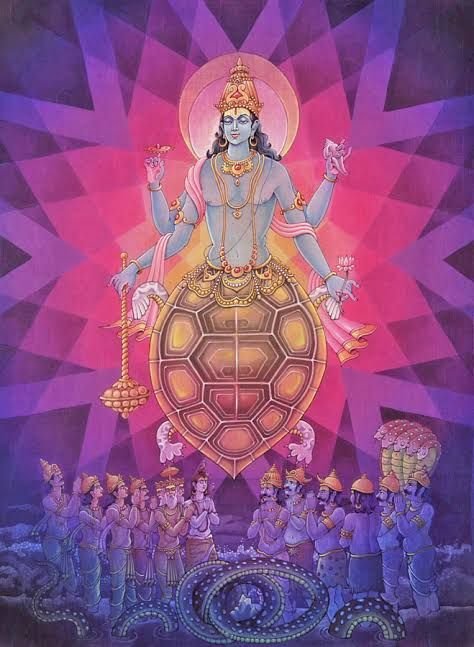
The other Sita
The Ramayana tells the story of Sita, a woman as an illusion. Ravana disguised himself as a monk and abducted Sita, but Sita discovered his plan and sought help from Agni, the god of fire. Agni created the imaginary Sita and left the real Sita in fire. Ravana had abducted the imaginary Sita and waged war on her. When Rama defeated Ravana and took Sita, a test of fire was performed, which revealed that Sita was never truly contaminated by Ravana’s touch. This story shows the importance of being honest and the consequences of not doing so.
Ishvara Gita
The Ishvara Gita is a philosophical dialogue embedded in the Kurma Purana. It is structured as a conversation between Lord Shiva and the sages, wherein Shiva elaborates on the nature of reality, self-realization, and the means to achieve liberation (moksha). In this text, Shiva advocates for devotion and self-discipline as ways to overcome ignorance and attachment. The Ishvara Gita echoes teachings from other scriptures like the Bhagavad Gita and Upanishads, emphasizing the unity of the soul (Atman) with the universal spirit (Brahman). Through these philosophical discussions, the Kurma Purana addresses the path of spiritual realization, offering insights into inner peace and transcendence.

Worship
The Kurma Purana outlines practices for worshipping Vishnu, Shiva, and other deities. It prescribes specific rituals, hymns, and sacrifices that can be conducted at temples or home shrines. For Vishnu worship, the Purana suggests the chanting of mantras, offering of flowers, and fasting on Ekadashi (the eleventh day of the lunar cycle), which are said to bring blessings, health, and prosperity to devotees.
In one of the chapters, it basically talks about the sacred thread ceremony which is performed at the age of eight is important for gaining knowledge. It mentions gurus, including teachers, parents, and equals, are to be respected and worshiped. Respect for the guru is important because hating them can lead to hell. Brahmins must rinse their mouths after eating, drinking, sleeping, bathing, spitting, changing clothes, and studying. If you are unable to rinse your mouth, you can clean yourself by touching clothes, water, wet grass, or dirt. This practice is said to be essential for health and quality of life.
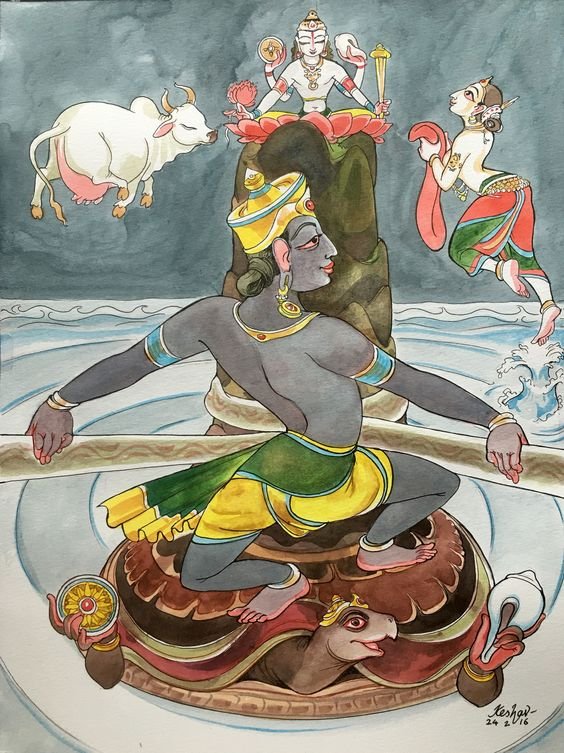
Scientific Aspects of the Kurma Purana
Although the Kurma Purana is primarily a religious text, it also addresses concepts related to astronomy, Ayurveda (traditional medicine), and astrology. This Purana emphasizes the importance of understanding natural cycles, such as the positions of celestial bodies, lunar phases, and seasonal changes, which play a role in determining auspicious times for worship and other activities. The alignment of ceremonies and rituals with these cosmic patterns demonstrates an early recognition of the relationship between the universe and human life, underscoring the importance of harmony with natural forces.
In terms of Ayurveda, the Kurma Purana offers advice on physical well-being, focusing on maintaining health as a prerequisite for spiritual practice. Dietary guidelines, medicinal herbs, and lifestyle recommendations are given to ensure balance in one’s physical and mental states. Such elements reflect the holistic approach of Hinduism, where bodily health and spiritual growth are seen as interconnected facets of human life.

Legacy and conclusion
The Kurma Purana has had a lasting impact on Hindu tradition, especially among the Vaishnavas and Shaivites. Its narratives and meditations are relevant to temple worship, rituals, and religious literature. The story of Kurma’s incarnation is celebrated during various Hindu festivals, reminding devotees of the importance of Vishnu’s compassion and patience. It also resonates with the wider Hindu faith, encouraging believers to live righteously while seeking harmony with the world.
The Kurma Purana’s contribution to Indian philosophy, particularly through the Gita, provides a better understanding of self-knowledge and spirituality. This Purana provides rich explanations and insights into the nature of God, the universe and human life through the explanations of the Kurma Avatar and the Ishvara Gita. He encourages devotion to Vishnu and Shiva, and promotes morality, self-discipline, and regular worship as the path to spiritual development. His legacy continues to shape Hindu tradition, emphasizing the importance of devotion, tolerance, and harmony. The Kurma Purana represents the vast spiritual heritage of Hinduism, where passion, thought, and science come together to find the path to liberation.
